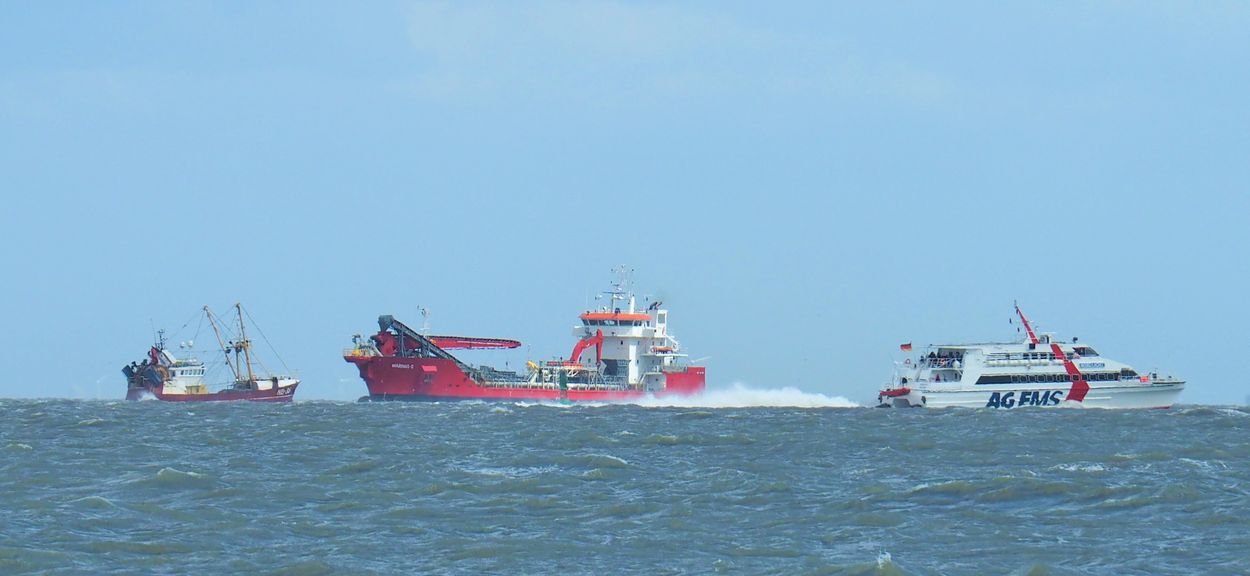It looks a bit like a duck stretching its head and beak towards the British Isles. The German Exclusive Economic Zone (EEZ) in the North Sea is the area beyond the coastal waters in which Germany can exercise certain sovereign rights, and also has duties. These include fishing, shipping, sand and gravel extraction, the construction of offshore wind farms and the designation of marine protected areas.
In the course of increasing intensity of use in this area, covering 28,600 km2, and a multitude of different interests, marine spatial planning is an important tool for coordinating uses and avoiding conflicts.
The spatial development plans for the German North Sea and Baltic Sea EEZs, which have been in force since 2009, are currently being revised and updated by the Federal Maritime and Hydrographic Agency (BSH). They are scheduled to come into force in 2021.
SeaUseTip project leader Vanessa Stelzenmüller has been intensively involved in marine spatial planning in the North Sea and the challenges it poses, especially in view of the considerable expansion of offshore wind energy. After all, this is in competition with marine protected areas and also with the fishing sector.
The current revision of the spatial plan now also has also considered important scientific results that she and her colleagues have gained in recent years. This resulted in the definition of a reservation area for Norway lobster fishery within the region of the “Südlicher Schlickgrund”. Since the crustaceans are adapted to a muddy sediment type, they can be targeted very effectively in that region. The proposal to allow passive fishing within the safety zone of wind farms at a distance of 300 meters from the turbines is also based on current findings on the distribution of edible crab in the Meerwind Süd/Ost wind farm.
From a scientific point of view, Vanessa Stelzenmüller sees the challenges in the revision process of the spatial development plan especially in accounting for the socio-ecological complexity of resource utilization, and in supporting, for example, the long-term adaptability of fisheries with flexible measures.
In order to make qualified planning decisions, comprehensive ecological and economic data are just as necessary as close cooperation between all stakeholders involved. Only when knowing and understanding the ecological and economic effects of marine spatial planning, it can be realised in the sense of long-term preservation of the sea as habitat and and economic space.
Vanessa Stelzenmüller's presentation on challenges for revising marine spatial planning in the German North Sea EEZ can be found <link https: www.youtube.com external-link-new-window external link in new>here.

